A list of DIY tasks? And some better left to professionals?
jenp4
16 years ago
Related Stories

REMODELING GUIDESFinish Your Remodel Right: 10 Tasks to Check Off
Nail down these key details to ensure that everything works properly and you’re all set for the future
Full Story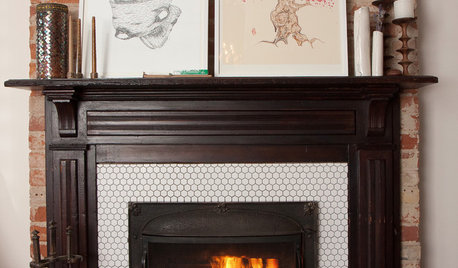
HOUSEKEEPING10 Feel-Good Household Tasks for Fall
Scrub, organize and inspect now to sail through the holidays with a light heart and a clean conscience
Full Story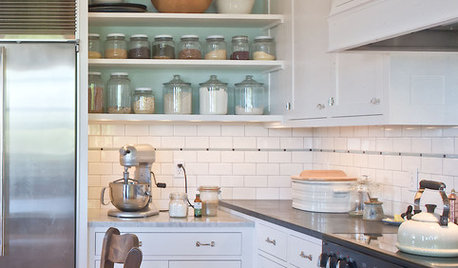
KITCHEN DESIGNLove to Bake? Try These 13 Ideas for a Better Baker's Kitchen
Whether you dabble in devil's food cake or are bidding for a bake-off title, these kitchen ideas will boost your baking experience
Full Story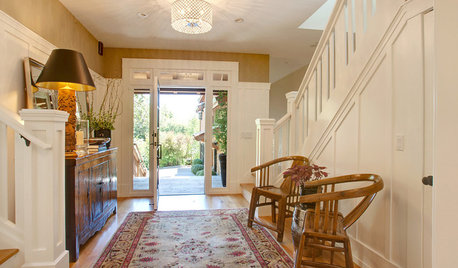
HOW TO PHOTOGRAPH YOUR HOUSETake Better Photos of Your House in a Snap: Part 2
Think like a professional photographer and learn to capture stunning images of your home
Full Story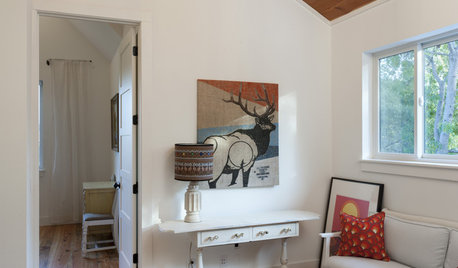
MOST POPULARThree Magic Words for a Clean Home and a Better Life
Not a natural tidying and organizing whiz? Take hope in one short phrase that can change your life forever
Full Story
ORGANIZINGProfessional Tips for Organizing Your Clothes Closet
As summer draws to a close, get expert advice on editing and organizing your wardrobe
Full Story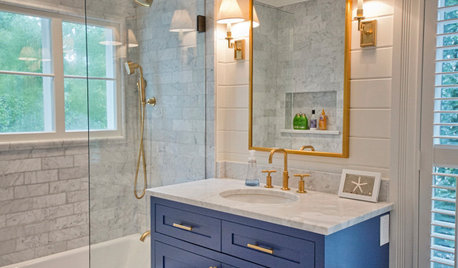
BATHROOM DESIGN12 Designer Tips to Make a Small Bathroom Better
Ensure your small bathroom is comfortable, not cramped, by using every inch wisely
Full Story
KITCHEN DESIGN16 Practical Ideas to Borrow From Professional Kitchens
Restaurant kitchens are designed to function efficiently and safely. Why not adopt some of their tricks in your own home?
Full Story
GREAT HOME PROJECTSNew Hardware Gives Doors a Turn for the Better
New project for a new year: Get a handle on how to find the knobs, levers or pulls that will make your doors memorable
Full Story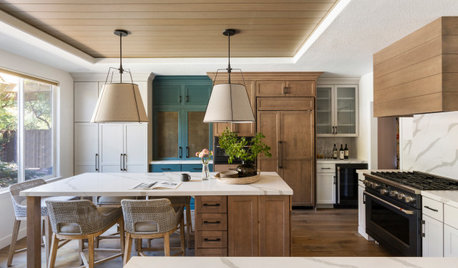
WORKING WITH PROS6 Reasons to Hire a Home Design Professional
Doing a construction project without an architect, a designer or a design-build pro can be a missed opportunity
Full Story








sue36
pcjs
Related Professionals
Springfield Kitchen & Bathroom Designers · University City Kitchen & Bathroom Remodelers · Fort Myers Kitchen & Bathroom Remodelers · Wilmington Kitchen & Bathroom Remodelers · Lawndale Kitchen & Bathroom Remodelers · Glenn Heights Kitchen & Bathroom Remodelers · Country Club Cabinets & Cabinetry · Holt Cabinets & Cabinetry · Rowland Heights Cabinets & Cabinetry · Tacoma Cabinets & Cabinetry · Wheat Ridge Cabinets & Cabinetry · Baldwin Tile and Stone Contractors · Beachwood Tile and Stone Contractors · Corsicana Tile and Stone Contractors · Oak Grove Design-Build Firmsrhome410
cocontom
bignich
muscat
patches123
pinar
Jon1270
ajpl
weedyacres
pcjs
sue_ct
pcjs
bob_cville
sue_ct
pcjs
snookums
kren_pa